13 December 2024
There's something magical about national parks, isn't there? These untouched slices of nature offer the perfect canvas for photographers—whether you're a seasoned pro with thousands of dollars in camera gear or you're rocking your trusty smartphone. From the golden hues at sunrise to the fiery colors at sunset, capturing the perfect national park photos isn’t just about being in the right place. It’s also about understanding the light, planning ahead, and knowing a few tricks of the trade.
So, grab your camera (or phone) and let’s dive into everything you need to know about snapping breathtaking shots from sunrise to sunset. 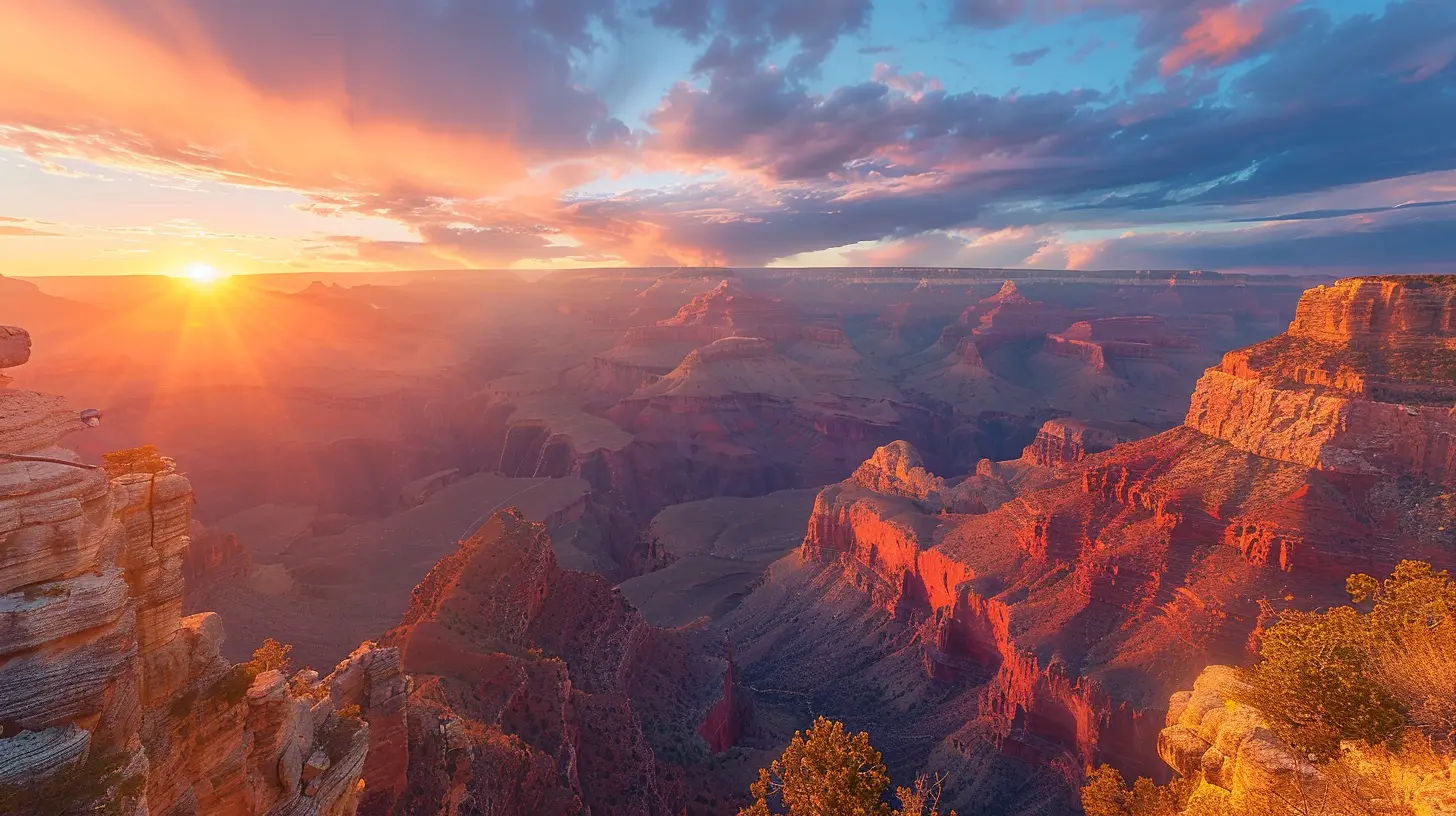
The Golden Hour: The Secret to Stunning Shots
Before we dive into tips and tricks, let's talk about the "golden hour." If you've never heard of it before, it’s the holy grail for photographers. The golden hour refers to that magical window of time shortly after sunrise and just before sunset when the sun is low on the horizon.The light is softer, shadows are longer, and the colors are warmer—basically, it turns the world into an Instagram filter. Want a quick tip? Use apps like The Photographer’s Ephemeris or Golden Hour to know exactly when this happens in your park of choice. You’ll thank yourself later. 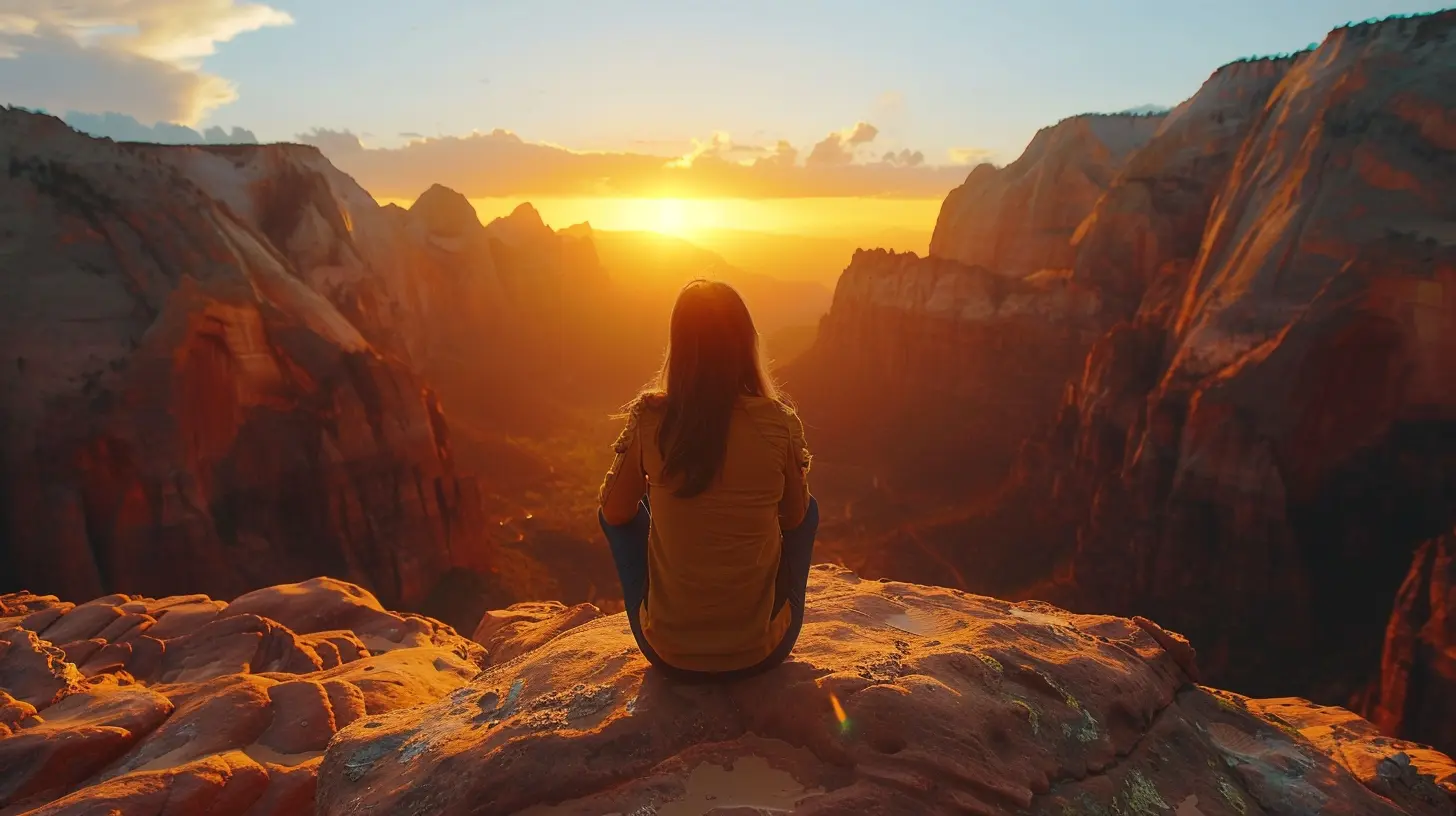
1. Prepping for the Day: Planning Is Key
Know Your Park
Every national park has its own personality. Yosemite’s towering granite cliffs speak a completely different visual language than the desert landscapes of Arches National Park. Before you pack your bag, research the best viewpoints and trails for photography.Think of this as creating your shot list. Want to snag that iconic "Delicate Arch" shot? Or maybe you’re dreaming of catching wildlife in Denali? Knowing where to go saves precious time, especially at sunrise when you're chasing that fleeting light.
Check the Weather
You can’t control the weather (wouldn’t that be great?), but you can work with it. A clear day might give you vivid colors, while a moody, overcast sky can add drama. Clouds can even act like nature’s softbox, diffusing harsh sunlight.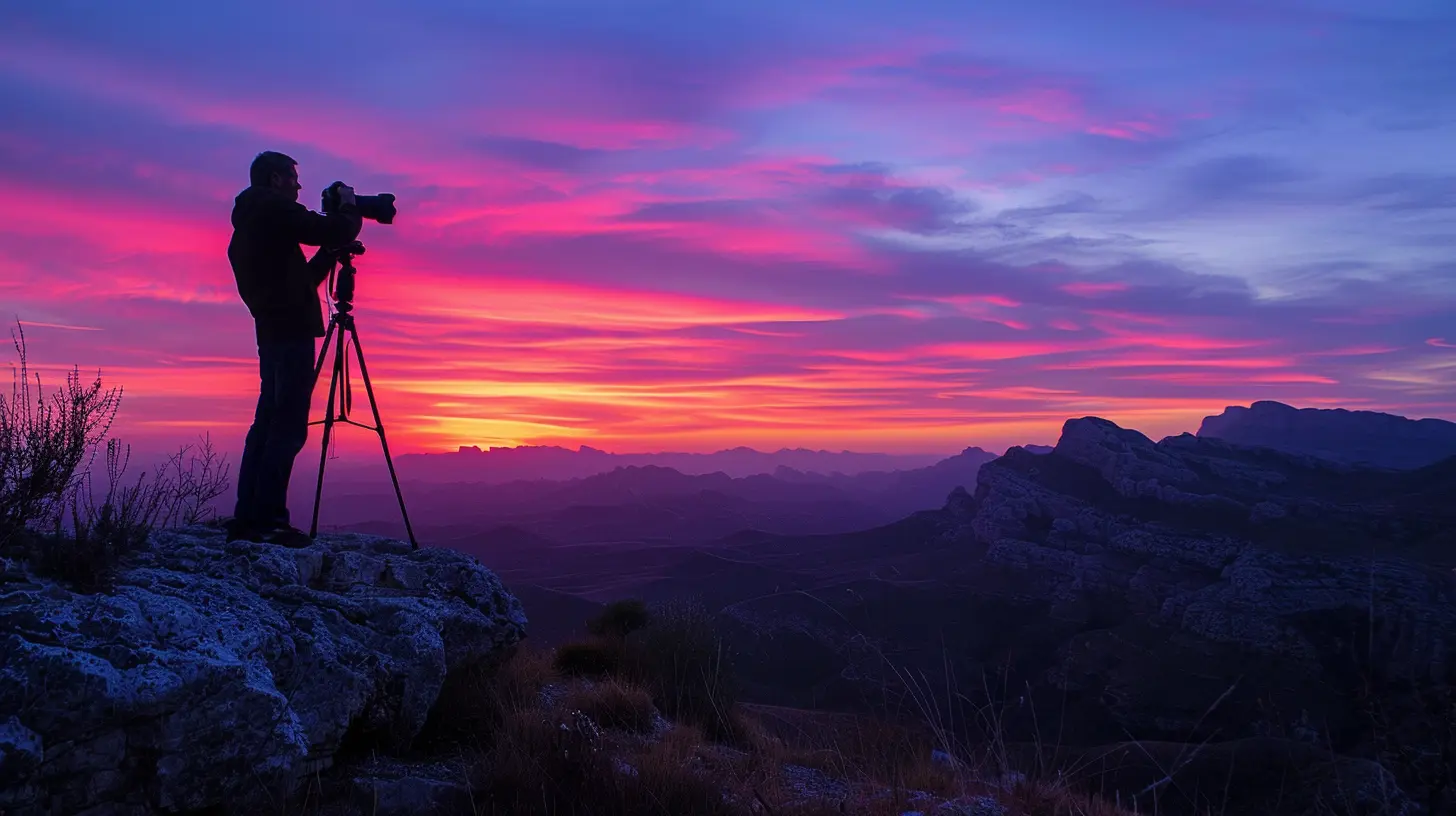
2. The Art of Sunrise Photography
There’s no way around it—if you want that jaw-dropping sunrise shot, you’ve gotta wake up early. Like really early. But trust me, it's worth it.Timing Is Everything
Arriving at your location 30-45 minutes before sunrise is crucial. That way, you have time to set up, explore compositions, and soak in the serenity before the crowds arrive.Use Leading Lines
Incorporating leading lines in your frame can transform a good photo into a great one. Look for trails, rivers, or even shadows that guide the viewer’s eyes straight to the rising sun.Play with Silhouettes
Sunrise is perfect for silhouettes. Position your subject—a lone tree, a mountain peak, or even a person—against the vibrant sky. It’s all about capturing shapes and outlines that contrast with the warm hues.
3. Midday Photography: Finding Beauty in Harsh Light
Okay, I’ll be real with you—midday light can be brutal. The sun is high, shadows are harsh, and the colors can look washed out. But that doesn’t mean you should pack up your camera. Instead, here’s how to work with the cards you’re dealt.Seek Shade
If the sun is too harsh, find shaded areas. Forests, canyons, or even the shadow of a mountain can create even, flattering light for your photos.Look for Reflections
Water, oh glorious water. Whether it’s a lake, a river, or even a puddle, reflections can elevate your photos. Bonus points if you find a location with crystal-clear water and dramatic scenery.Zoom In on Details
Instead of trying to capture the entire landscape, focus on smaller details. Think about textures—tree bark, moss-covered rocks, wildflowers, or wildlife. Sometimes, the beauty is in the little things.4. Golden Hour and Sunset: Nature’s Grand Finale
Ah, sunset. It’s hard to put into words how magical it feels watching the day melt into twilight. But capturing it? That’s an art in itself.Scout Your Spot Early
Popular sunset spots can get crowded, especially in national parks. Arrive well before sunset to claim your spot and set up your gear. Want an uncrowded location? Wander off the beaten path (just make sure you stay safe and follow park rules).Use Foreground Objects
A stunning sunset can sometimes look flat if you don’t have a foreground element. Frame your shot using trees, rocks, or even people to create depth and dimension.Stay for Twilight
Here’s a pro tip: Don’t pack up your gear the moment the sun dips below the horizon. The 20-30 minutes after sunset—known as blue hour—can produce surreal, moody lighting.5. Gear Tips for National Park Photography
Whether you’re team DSLR or team smartphone, having the right gear can make a world of difference.Tripod Is Your Best Friend
For low-light conditions like sunrise or sunset, a tripod is essential. It keeps your camera steady, allowing you to capture sharp images even with slower shutter speeds.Polarizing Filter
This nifty little accessory reduces glare and makes the sky pop with deeper blues. It’s especially handy when photographing water or landscapes with lots of reflection.Wide-Angle Lens
If you’re shooting vast landscapes, a wide-angle lens can help you capture all those sweeping views.Spare Batteries and Memory Cards
You don’t want to run out of juice or storage in the middle of a perfect shot. Always pack extras—you’ll thank yourself when you’re snapping away at that unexpected wildlife encounter.6. Editing Your Shots for That Wow Factor
Even the most perfectly framed photo can benefit from a little post-processing. Don’t worry, you don’t need to be a Photoshop wizard. Apps like Lightroom or Snapseed are super user-friendly and can make your photos pop.Tweak Exposure and Contrast
Adjusting exposure, highlights, and shadows can bring out the details in your shots. Play around with the sliders until you strike the right balance.Enhance Colors
Boosting saturation and vibrance can bring out the natural colors of the landscape. But don’t go overboard—you’re going for "wow," not "cartoonish."Crop for Composition
Sometimes, a simple crop can transform a decent photo into something amazing. Remember the rule of thirds and adjust your framing if needed.7. Respect Nature and Leave No Trace
Let’s take a quick reality check—we’re here to capture the beauty of nature, not harm it. Always follow the Leave No Trace principles. Stay on marked trails, don’t disturb wildlife, and leave the park just as you found it. Because at the end of the day, we want future generations to enjoy these incredible places, too.Conclusion: Create Memories, Not Just Pictures
National parks are a photographer’s paradise, offering endless opportunities to capture the beauty of the natural world. But remember, the ultimate goal isn’t just about filling up your memory card. It’s also about experiencing the moment—feeling the crisp morning air, marveling at the way the light dances on the landscape, and cherishing the pure awe these parks inspire.So set that early alarm, pack your gear, and get ready to chase the light. From sunrise to sunset, the perfect photo isn’t just a shot—it’s a story waiting to be told.


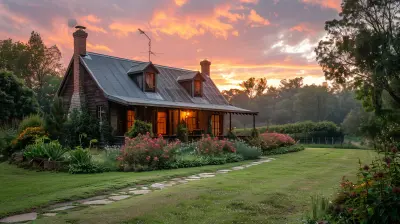
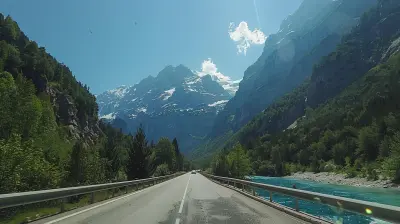

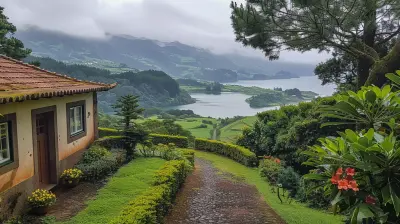

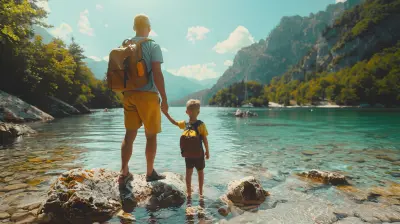

Carina McGhee
Loved this guide! It’s amazing how the light changes throughout the day. Can’t wait to use these tips on my next national park adventure—photos always tell the best stories!
February 7, 2025 at 3:42 AM